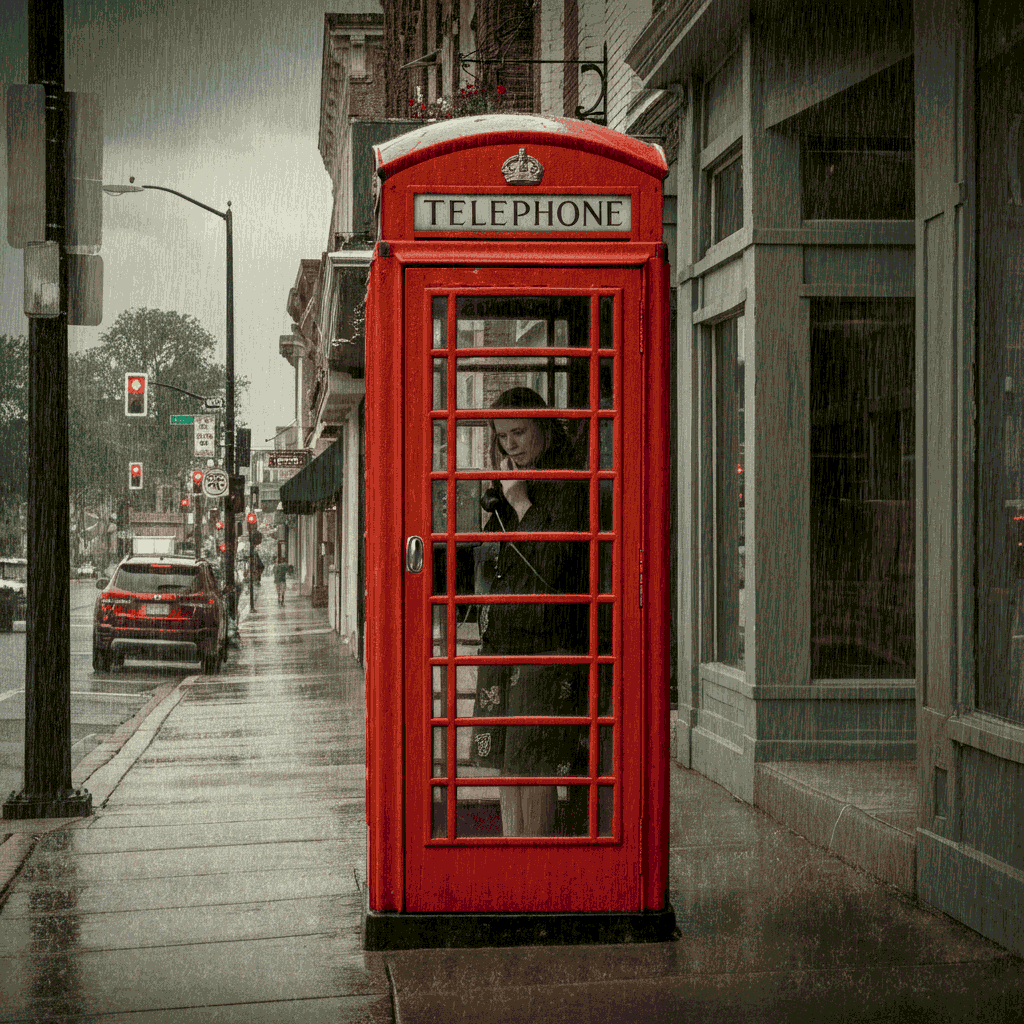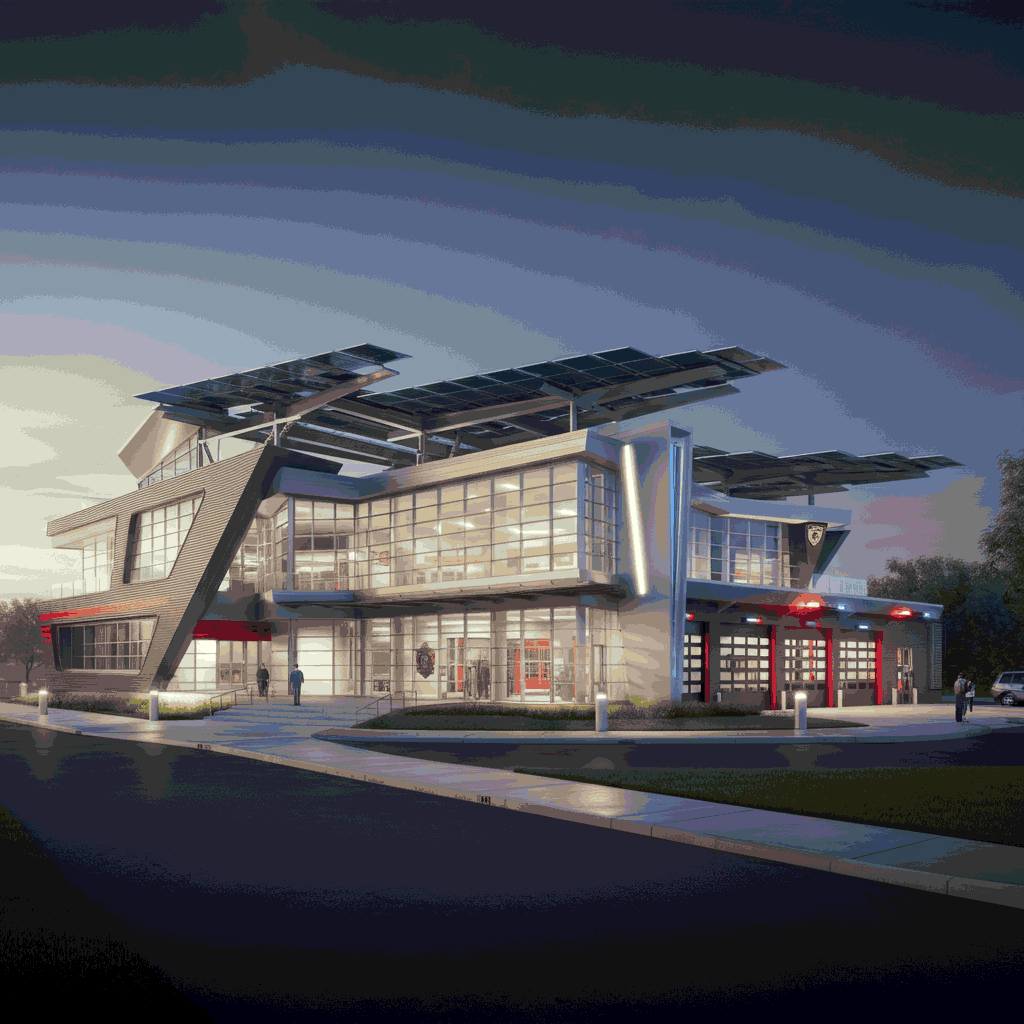Introduction: 1939s Outdoor Phone Booth in US
Picture a time when a single telephone booth stood as the peak of modern technology, connecting people over vast distances. Outdoor phone booths, first introduced in the early 20th century, became a revolutionary development in public communication. By the 1930s, they served as vital lifelines for people in both urban and rural areas, bridging gaps in connectivity with an ease that was previously unimaginable.
These booths created a new era where communication became more equal for everyone. Telephones were now no longer onlu possessed by rich people and companies. Now, any person was able to enter the booth, shut the door, and with a coin, speak with anyone they wished. Everyone being able to use booths was an important social change for technology and public facilities and this appreciably transformed the interaction among citizens.
During the decade, the booths transformed from simple means of communication, to icons of modernity. They started prescribing life to fast paced cities and even still quiet towns where people could easily share important news or ask for help.
A Booth’s Personal Beginnings
Apart from utility, phone booths became an inseparable part of personal special memories and life milestones. An instance that stands out for me always is the first time I used a phone booth which was on my first day in college. I used it to call my parents and tell them that I had reached safely and that became a custom for the next four years. I always found the consistency of the city’s quiet hum reassuring as I spoke to my family about exciting events or the difficulties I was facing.
We were kids. On one summer road trip, me and my friends made a game of looking for public phone booths in every state that we visited. Each of us tried to call home in the most creative ways possible. From claiming to be an extended relative using a strong accent to spinning a wild tale about the weather – all sorts of ideas were executed. Looking back, I realize those phone booths on the unfamiliar highways were as memorable as the trip.
And what about the surprise summer storm we rode out to? I remember running down Main Street feeling drenched before taking shelter inside one of the iconic red phone booths. The phone booth turned out to be a lifeline. It kept me dry while I called home begging for help. Those booths were more than simple structures, they were lifesavers.
Revolutionizing Public Communication As We Know It
Phone booths transformed communication as we know it. For the first time, people had access to direct communication without the use of a telephone. Distant relatives separated by miles could hear their loved ones voice without needing dedicating a private telephone. It was a game changer. The technology allowed for connections on an unparalleled level that shifted the dynamics of relationships and business.
Their influence did not end there.
Phone booths became a cultural icon too, and they can be found in films, literature, and even comic strips. Their use in pop culture is notable for Superman’s iconic change inside phone boxes. They represented both connection and escape, a way out from reality. A person could enter a booth to make critical decisions, ask for help, or even share life-altering information.
The Decline of an Era
Even with all the benefits that phone booths provided, modern advances in technology have made them almost obsolete. Mobile devices became a standard in the late 20th century and greatly reduced the need for public phone booths. What was once an icon of culture and widely used is now nothing more than a vague symbol of the past, and only a few booths remain as nostalgic pieces of art.
However, spotting a phone booth in today’s world takes me back to easier days. A time when the process of communicating required you to physically step out of your place, locate a peaceful area, and actually have a conversation with the individual on the opposite end.
One of Those Things Which Should Not Be Forgotten
The latest invention of the outdoor phone booth in the 1930s was far more than a device; it was a sign of advancement, a democratization of communication, and a discreet spectator of innumerable human interactions. Its value to public infrastructure transcends its importance in popular culture. Its effects even today, decades later, cannot be overlooked.
For those fortunate enough to have relatives who grew up in the 80s or 90s remember holding a rotary phone or stepping into a phone booth to make a call. These simple technologies have so much impact behind them.
Have you ever made a call using a phone booth? If so, comment below and let us know—every booth indeed has a story to tell!



